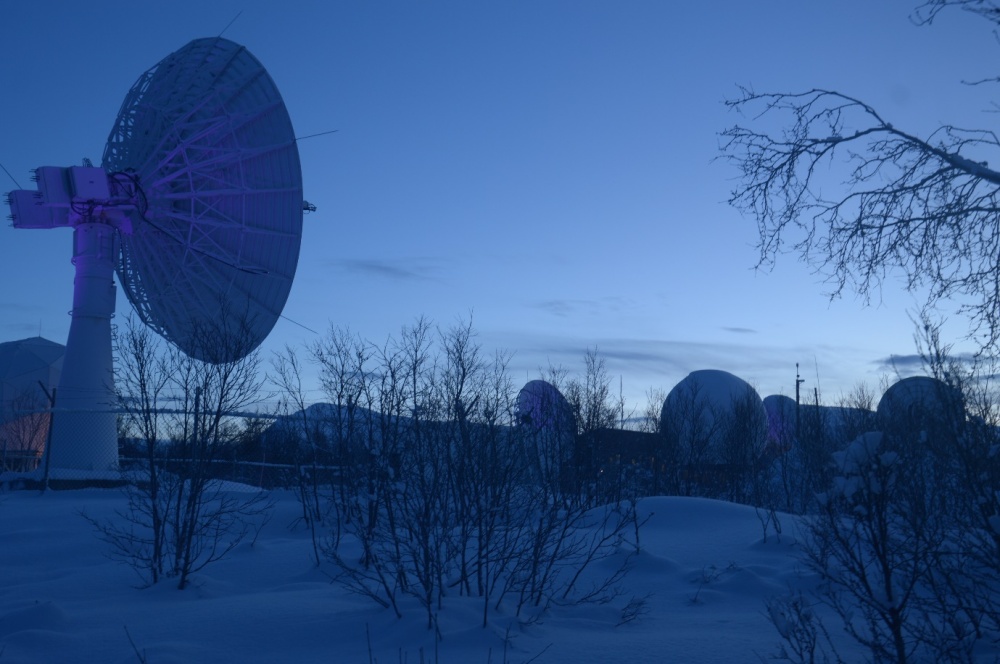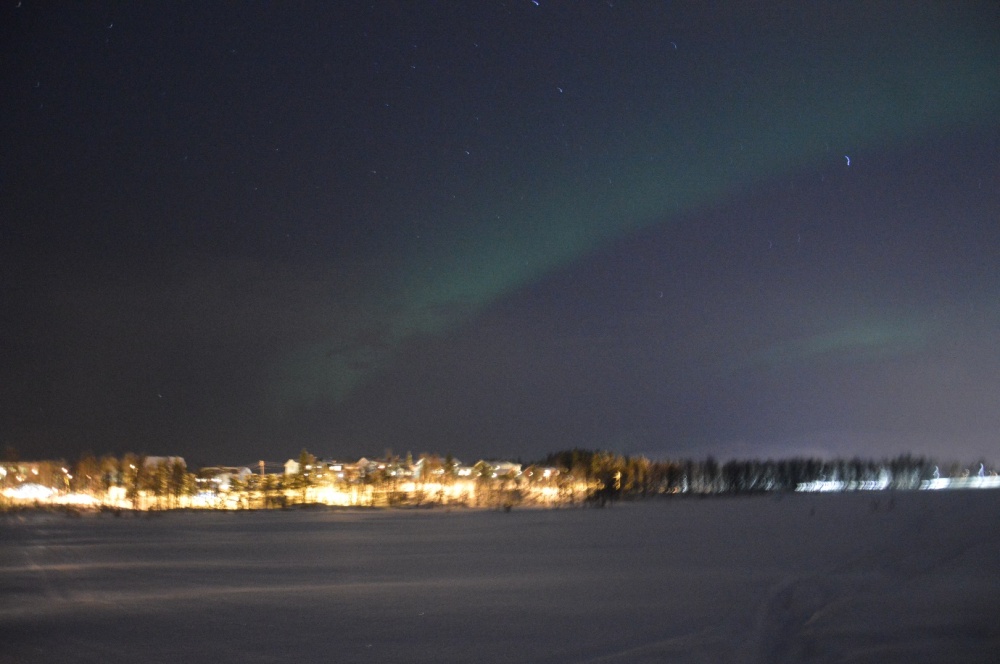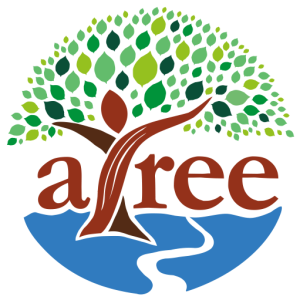By Vidyadhar Atkore
Time had passed rapidly. My trip to Norway was now nearing its end. But, academic engagements apart, there was one last thing on my itinerary that I was looking forward to: Tromsø, the City of Northern Lights, and part of the Arctic region in Norway. I was determined to see the Northern Lights before catching my return flight home.
I had downloaded the Northern Light Forecast app on my phone and was constantly looking for a good forecast. Luckily, even as my engagements drew to a close, I found that the forecast in northern Norway over the next couple of days was promising, with clear sky and negligible cloud cover. I jumped at the opportunity and booked a flight from Oslo to Tromsø, eager to try my luck at catching a sight of the Aurora Borealis!
The Northern Lights, or Aurora Borealis, is an astronomical phenomenon consisting of a spectacular display of naturally occurring lights in the night sky. The lights are visible only in the polar region, hence they are also called polar lights. The display that occurs in the northern hemisphere is called the Aurora Borealis while the one in the southern hemisphere is the Aurora Australis. The bright dancing light of the aurora results from collisions between electrically charged particles from the sun that enter the earth’s atmosphere due to earth’s magnetic field.
Tromsø teemed with tourists who had arrived to witness this popular extravaganza, and almost all the hotel rooms in the city were full. I was lucky to book one in a bed-and breakfast (BnB) on the outskirts of the city. An Airbnb website reviewer suggested it was one of the best places to watch the lights from because it was situated on top of a hill closer to the forest than the city, and, as a result, with less light pollution to hinder a clear sight of the aurora. As I took the bus from Tromsø airport to Hochlinvegen, the location of my hotel atop Tromsø Island, I noticed almost every street, house, bus, car, tree and mountain top thickly covered with a heavy blanket of snow.

Fellow guests in the BnB where I had booked myself were welcoming and warm. They weren’t tourists like me but worked in the city, although they belonged to different parts of the world. They suggested a lakeside nearby, where light pollution would be minimal, to watch the Northern Lights. I was constantly looking up at the sky to check for cloud cover. The Polar lights tend to become more clearly visible in the absence of cloud cover. I could not sleep well on the night of my arrival, and kept checking the cloud cover on my mobile app. By midnight the cloud cover had diminished to 10%. I was thrilled! I stepped out in the freezing cold of the night, and gazed at the sky for the next fifteen minutes. However, the lights were playing truant and I could only see a hazy greenish light. Unable to bear the cold any longer, I returned to my room and drifted off to sleep.
Next morning, over a cheery breakfast with my fellow guests I volunteered to contribute to their Christmas dinner plans. I proposed to cook some Indian food, an offer that was received with much enthusiasm.
Meanwhile, I set out to explore the sights of Tromsø city. The city is situated upon an island called Tromsøya, and was once called ‘Paris of the North’ because its residents were found to be dressed in the latest fashions. As the day progressed I visited the Tromsø library, the Polaria aquarium, and the Tromsø museum of the Tromsø University.

Among them all I loved the Polaria aquarium the most! It happens to be the northernmost aquarium in the world, and strives to be an educational centre rather than an aquarium alone. It hosts a splendid five-screen panoramic cinema, where I watched a film on the Northern Lights. It also has an Arctic walkway exhibit where polar exploration equipment is displayed. The aquarium includes rare European fishes such as the European eel (Anguilla anguilla), a catadromous (migrating from freshwater into the sea to spawn) species, critically endangered mainly due to overfishing and hydropower dams. I also found the Atlantic cod (Gadus morhua), and a few trouts in the aquarium. A central area of the museum had a few individuals of the bearded seal (Erignathus barbatus; eri means heavy, and gnathos means jaw in Greek), which occur in the Arctic Ocean.

Returning to Hochlinvegen I found that my fellow guests had prepared an elaborate dinner, including Christmas cookies, vegetable soup and delicious cake. Unfortunately, I could not help them with the cooking. After a marvellous dinner, I took rest for some time and then checked my app. It said cloud cover 0%, Northern Lights visibility 10% in the next fifteen minutes, and 15% in another 30 minutes. I was thrilled and decided to step out immediately. Protecting myself better against the cold, I walked towards the frozen lake called Prestvannet Floyfjellet.

Fresh snow on the Prestvanet Floyfjellet frozen lake in Tromsø Island.
A patch of boreal forest spread all around the lake. As soon as I came to one end of the lake I realized there was a busy highway passing adjacent to the lake with streetlights glowing bright. I wondered if I would be able to see the Aurora. Trying to shake off my doubts, I tried hard to find a glimpse of green or pinkish colours in the sky, like I had seen in the panoramic cinema at the Polaria aquarium earlier in the day. Anxiety and nervousness began to mount. There were people ice-skating on the lake, and I struck up a conversation with some of them who were taking a break. One of them mentioned that when the Aurora appears it remains visible for a minimum of ten to fifteen minutes. It may disappear and reappear depending upon the intensity of the sun storm. His remarks played upon the mind as I fervently kept watch over the next couple of hours, eagerly waiting for what seemed to me then to be the most spectacular extravaganza of my life time!
Finally the moment arrived. The sky started to grow greenish. A long greenish wave appeared slowly and spread across the horizon, even as another patch of green light began to emerge. I was super happy. I tried to capture the lights with my smartphone camera. I wasn’t sure if I’d get good pictures but decided to take as many as possible because this was a moment to cherish. I stood there watching the display of Northern Lights for the next hour and a half.

Early next morning I took a flight back to Oslo. In the evening, Seethapathy showed me the Nobel Peace Centre and Opera House. And to my own pleasant surprise, I ended up watching my first ever opera, thanks to a fellow visitor who had a ticket to spare. With these memories I did not want to leave Norway. Thirteen days went past so quickly that I could not believe myself. But I had to return to India to continue my next stint in the Northeast Himalayas as part of my post-doctoral research work.
Text and Figures by Author.
About the Author:
Vidyadhar Atkore is a Senior Research Associate with ATREE interested in assessing the impact of hydropower on native fishes in the Eastern Himalayas. He enjoys travelling, cooking and hopes to see the Aurora Australis one day.

Sir I’m interested in northern lights viewing. My question is all tours for light are above 1200 nok and we are family of four. In your article you mention that you go on lake near to your hotel and you able to see it. So please give me your suggestions I have to book tour or go to nearest lake outside city is also ok. If you have name of travel company which is reasonable then suggest me. Thank you very much
LikeLike